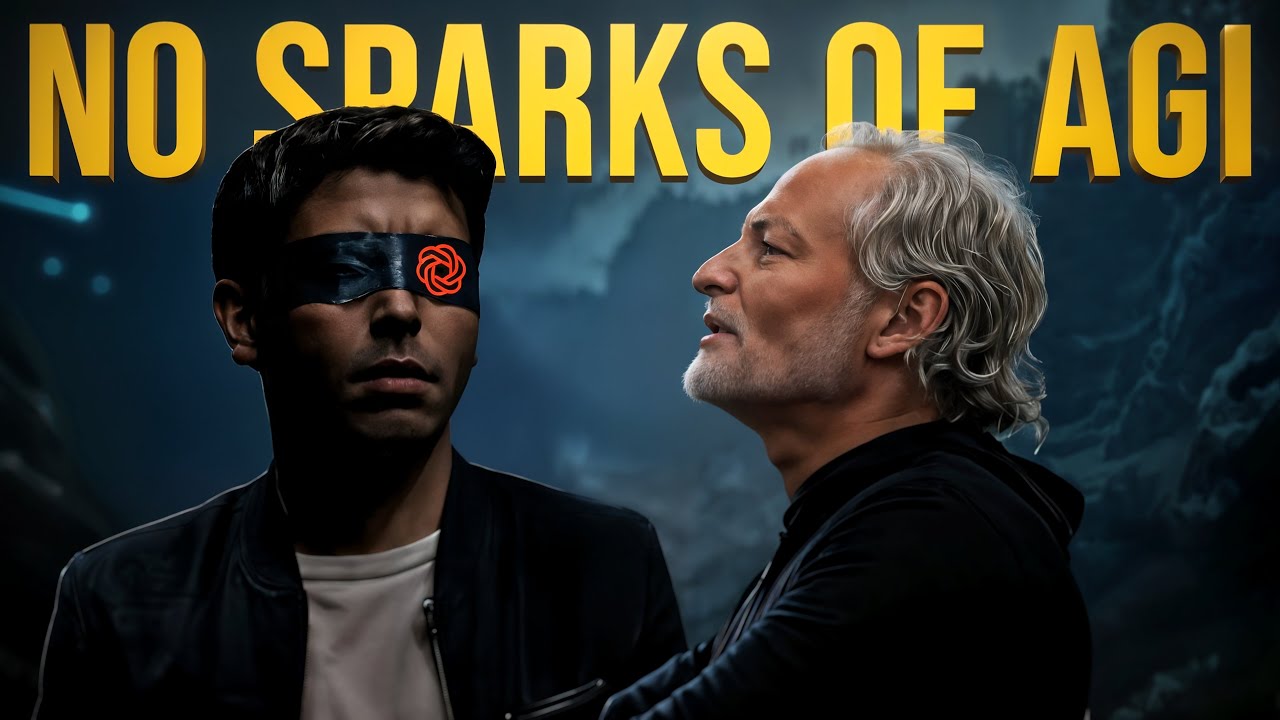David Krakauer argues that true intelligence is the ability to do more with less by creatively using minimal knowledge, contrasting this with mere accumulation of information, and highlights the evolutionary and cultural mechanisms that enable efficient problem-solving. He cautions against over-reliance on AI, emphasizing the importance of maintaining human cognitive autonomy and creativity by using technology to augment rather than replace our intelligence.
In this insightful discussion, David Krakauer, president of the Santa Fe Institute, explores the nature and evolution of intelligence, emphasizing that intelligence is fundamentally about doing more with less. He critiques the current trajectory of artificial intelligence, which often conflates vast knowledge accumulation with true intelligence. Krakauer argues that genuine intelligence manifests in the ability to adapt and solve problems efficiently with minimal input, contrasting this with the mere possession of extensive information. He highlights the physiological reality that outsourcing cognitive tasks to technology can lead to atrophy of our mental faculties, much like muscles weaken without exercise, raising concerns about over-reliance on AI.
Krakauer delves into the evolutionary limits of information acquisition, referencing the Müller principle, which posits a fundamental bound on how quickly information can be gained through natural selection. To overcome these constraints, organisms have developed extra-genomic systems such as brains and culture, which allow for faster and more flexible information processing. Culture, in particular, is described as “evolution at light speed,” enabling the storage and transmission of knowledge beyond genetic inheritance. However, Krakauer distinguishes between knowledge and intelligence, asserting that intelligence involves the capacity to use minimal knowledge creatively rather than relying on extensive data.
The conversation also addresses the concept of emergence, challenging simplistic interpretations that equate sudden jumps in AI capabilities with true emergent phenomena. Krakauer explains that emergence involves a qualitative change in a system’s internal organization, allowing for more parsimonious and effective descriptions at a macroscopic level, such as fluid dynamics replacing molecular descriptions. He stresses the importance of coarse-graining—reducing complexity by focusing on relevant aggregate variables—and cautions against mistaking scaling laws or performance improvements for genuine emergence without understanding the underlying micro-to-macro mappings.
Agency and embodiment are further explored as key aspects of intelligence. Krakauer outlines a spectrum of agency from basic physical actions to sophisticated goal-directed policies that involve intentionality and future planning. He introduces the idea of the “embodiment helix,” where external artifacts and cultural constructs interact dynamically with individual cognition, enhancing problem-solving capabilities. This interplay between individual minds and collective intelligence blurs boundaries, with the propagation of information and ideas depending on both personal and social scales, highlighting the complexity of defining individuality and agency in biological and cultural contexts.
Finally, Krakauer expresses a cautious perspective on the future of AI and human cognition. While acknowledging the utility of technological tools in compensating for human limitations, he warns that excessive dependence on AI risks diminishing our cognitive abilities and creativity. He envisions a potential future where humans become overly reliant on machines, leading to a loss of autonomy and intellectual vitality. Krakauer advocates for a balanced approach where AI serves to augment rather than replace human intelligence, emphasizing that superintelligence should enhance our capabilities without making us more dependent or less thoughtful.
